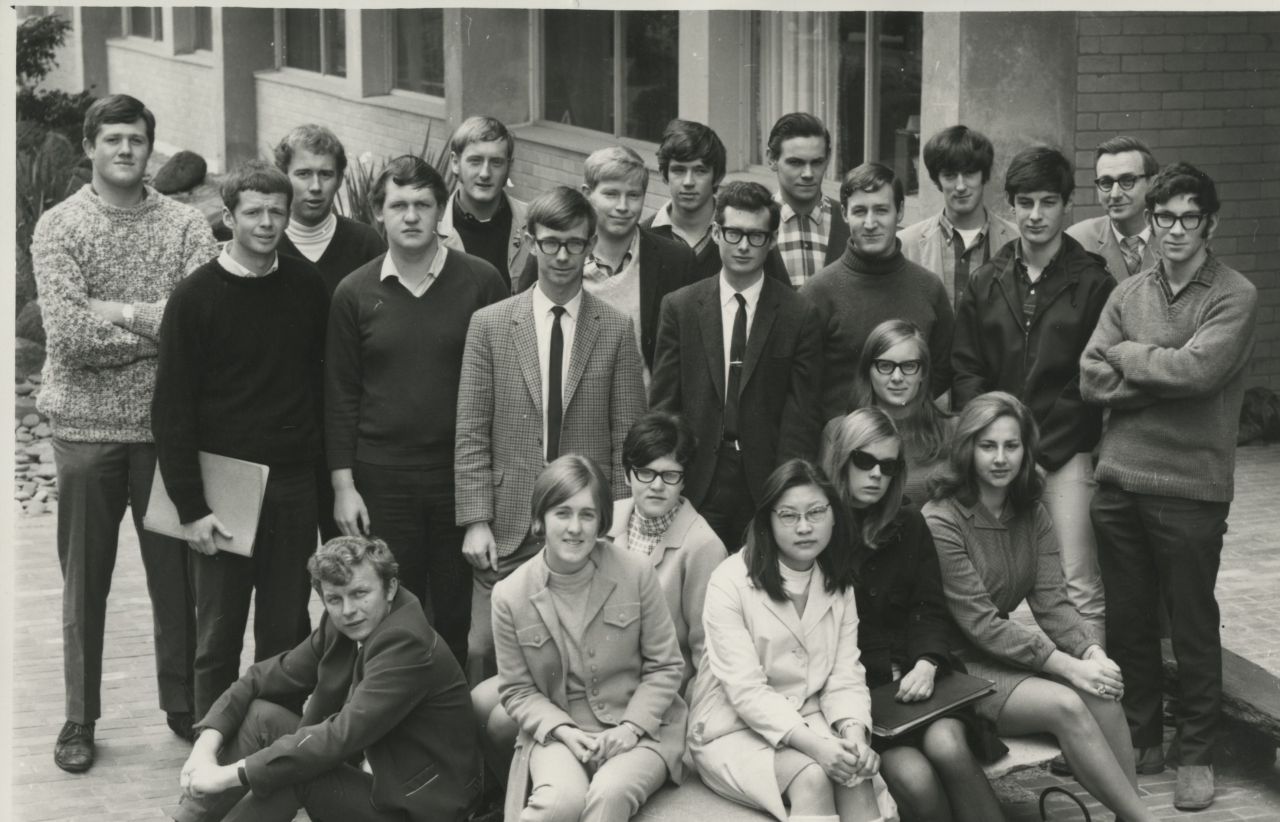Sciences & Technology

Research
The time is ripe for chronoculture
A better understanding of circadian rhythms in crop plants can help improve agricultural production

Research
Climate change is turning global wildfires into monsters
The second edition of an annual global assessment of wildfires warns that climate change has made burned areas 30 times larger in some regions

Research
Ammonia is sticky, so measuring it is tricky
Ammonia released from sewage treatment plants can impact our health and the environment, but it’s taken an innovative way of measuring it to understand the scale of the problem

Research
We’re taking selfies from space
A tiny Australian satellite is chasing colliding stars and changing the way we think about space telescopes

Under the Microscope
Giving people the chance to reclaim their independence after an amputation
PhD student Eloise Milbourn is researching affordable, non-invasive technologies to enhance rehabilitation after amputation in lower-income countries

Opinion
Don’t be fooled by Melbourne’s Fool’s Spring
From the ‘Spring of Deception’ to ‘The Swooping’, understanding the cycles of Australian weather can help us all love Melbourne’s eclectic seasons

Opinion
What the global decline of greyhound racing means for all dogs
On International Dog Day, we’re seeing a fundamental change in how people think about animals. And anyone caring for dogs must understand it comes with profound responsibilities

Research
Saving the giants of the Australian forest
Mountain ash forests are predicted to lose a quarter of their trees by 2080, releasing over 100 million tonnes of stored carbon into the atmosphere. But there is a way to limit further loss

Research
We’re twisting light to move more data
New technology that creates ‘light twisters’ using ultra-thin materials could shape the future of optical communications
